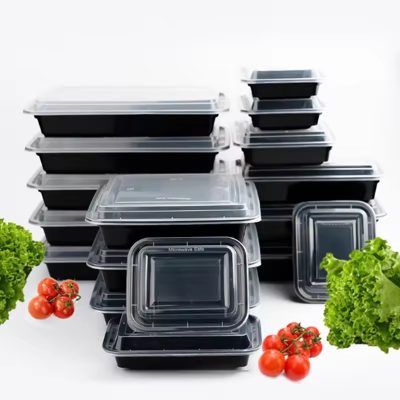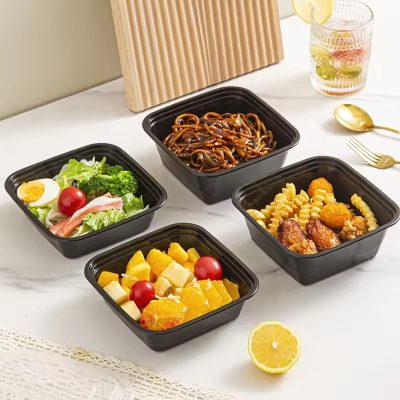Food containers are an essential component of the food industry, serving as vessels for storing, transporting, and serving various types of food products. This article explores the significance of food containers, their key attributes, benefits, design considerations, and the industry’s focus on safety and sustainability.
The Importance of Food Containers
Food containers play a crucial role in preserving the quality, freshness, and safety of food products. They provide protection against contamination, moisture loss, and physical damage during storage and transportation, ensuring that food reaches consumers in optimal condition.
Key Attributes of Food Containers
Material Composition: Food containers are made from a variety of materials including plastic, glass, metal, and biodegradable options. The choice of material depends on factors such as the type of food being stored, desired shelf life, and environmental considerations.
Sealing Mechanism: Effective sealing mechanisms, such as snap-on lids, screw caps, and airtight seals, help to maintain food freshness and prevent leakage or spills during transit.
Microwave and Freezer Compatibility: Many food containers are designed to be microwave and freezer-safe, allowing for convenient reheating and storage of leftovers.
Stackability and Nestability: Stackable and nestable designs maximize storage space efficiency, making it easier to organize and transport containers in bulk.
Benefits of Food Containers
Preservation of Freshness: Properly sealed food containers help to preserve the freshness and flavor of food, extending its shelf life and reducing food waste.
Convenience and Portability: Food containers offer convenience for consumers by allowing them to easily transport meals and snacks for on-the-go consumption.
Safety and Hygiene: Food-grade materials and leak-proof designs ensure that food containers maintain the safety and hygiene of food, minimizing the risk of contamination.
Sustainability: Increasingly, food containers are being designed with sustainability in mind, using eco-friendly materials and reusable designs to reduce environmental impact.
Design Considerations
Material Safety: Choosing food-safe materials that are free from harmful chemicals and toxins, ensuring that containers do not leach harmful substances into food.
Durability and Reusability: Designing containers to be durable enough to withstand repeated use and dishwasher cleaning, reducing the need for single-use plastics.
Environmental Impact: Considering the environmental impact of materials and manufacturing processes, and opting for sustainable alternatives such as biodegradable or compostable materials.
Versatility: Designing containers that are versatile enough to accommodate a variety of food types, sizes, and shapes, catering to diverse consumer needs.
Safety and Regulatory Compliance
Food containers must meet stringent safety and regulatory standards to ensure that they are suitable for storing and transporting food. Manufacturers must adhere to guidelines set forth by regulatory bodies such as the Food and Drug Administration (FDA) in the United States and the European Food Safety Authority (EFSA) in Europe.
Conclusion
In conclusion, food containers are indispensable tools in the food industry, providing convenience, safety, and sustainability in food storage and transportation. By prioritizing functionality, safety, and environmental responsibility in design and manufacturing, the industry can continue to meet the evolving needs of consumers while minimizing its impact on the planet.







